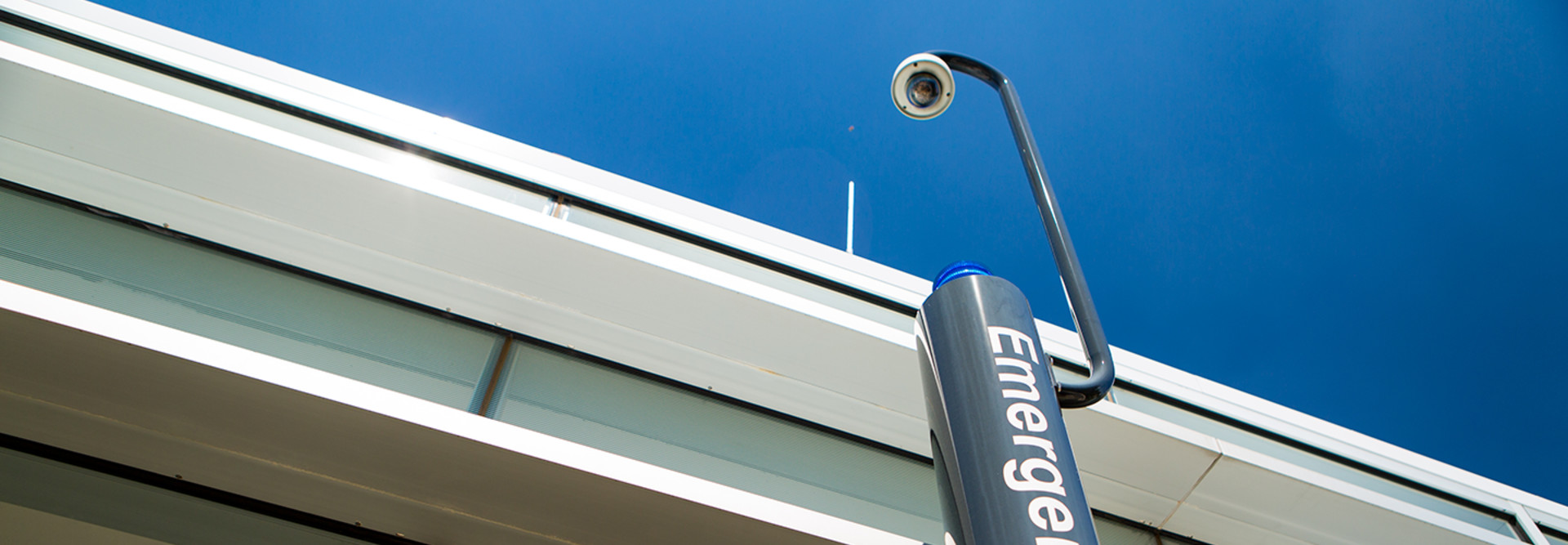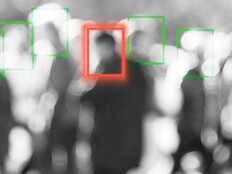Behind the Scenes: The Hardware Behind Keeping Campuses Safe
There are more than 15 million students and several million more faculty and staff at U.S. higher ed institutions, according to the Department of Justice’s Bureau of Justice Assistance.
With so many people passing through college campuses, safety is a top priority for many institutions. Increasingly, universities are incorporating video surveillance technology as a staple of their security programs.
A survey conducted by Campus Safety magazine found that 96 percent of respondents in higher ed, K–12 and healthcare facilities have deployed security cameras across their campuses. Sixty-six percent of respondents say their organization plans on purchasing or upgrading video surveillance technology in the next three years.
Most organizations are transitioning to IP video surveillance technology, the networked form of closed-circuit TV. The global IP video surveillance market is projected to grow at an annual rate of 12 percent between 2017 and 2023.
While CCTV video signals are converted to a format that is compatible with TVs, VCRs and DVRs, IP cameras convert video signals into IP packets to be transmitted over the data network or internet. Institutions can connect IP cameras to their networks wirelessly or use Power over Ethernet.
PoE switches have ports for many cameras but use only a single network cable for both power and network connections to a dedicated network video recorder, which streamlines installation.
As the size of the installation grows, multiple NVRs can connect to a single storage attached network system or network-attached storage via iSCSI or Fibre Channel.
AI Is Supercharging Surveillance
There are multiple security applications of networked video surveillance systems for campus safety at colleges and universities.
The presence of Internet of Things cameras throughout a campus, monitored in real time, helps maintain secure facilities for those on campus. This is especially valuable for students, faculty or staff who might need to walk through campus late at night or in high-risk areas such as parking lots.
Video surveillance systems also can deter crime and vandalism. Archived footage can be used to identify offenders after incidents occur.
Video analytics surveillance solutions push the technology to the next level. Artificial intelligence–based video analytics platforms are the next wave. The software, sometimes preinstalled in a video surveillance system, can monitor and analyze images, video and data from video surveillance cameras.
AI systems use deep learning algorithms for facial, body and object recognition, and they improve as they are exposed to more data.
An AI-powered video camera can trigger an alert when an individual who has been banned from the campus is seen on the grounds, for example, or when a car with an unauthorized license plate turns into a parking lot
Similarly, the system could raise alarms if it identifies the movement of a prized school object — usually something small — from one place to another, which could indicate a theft in progress.
If an AI system has been taught to classify human behavior, it could even send an alert when the camera sees a potentially violent confrontation between individuals.
With this capability, security staff doesn’t have to be tied to a desk monitoring systems, but can be out on the campus to quickly take action when needed.
MORE FROM EDTECH: See how AI has the potential to ease campus budget burdens.
Reliable Storage Allocation
Colleges and universities need to consider options for storing a wealth of video footage so that it can be retrieved for after-the-fact identification and investigation or other uses.
Video streams from IP cameras can be transmitted and stored locally in the NVR server, which has built-in, surveillance-specific software and storage media – either a disk drive, USB flash drive, SD memory card or other mass storage device.
When used with SAN or NAS technology, the NVR will see the storage allocated by the system as a local disk drive, just as if it were directly connected. Storage requirements will depend on a number of factors; video resolution is one of them. IP camera resolutions range from 1.3 megapixels to 5MP of compressed, encoded transmissions.
That resolution generates clearer images than do analog cameras but requires more storage space. The amount of footage, which ramps up as more cameras are deployed, also affects requirements, as does the length of time footage will be stored. It’s common for footage to be destroyed after about six months.
Another option is to use cloud storage. That’s only recently become feasible, given the strain that high-resolution video uploads put on bandwidth. But bandwidth transfer rates have improved, and the cost of high-bandwidth connections has gone down. That reduces barriers to efficiently uploading video to the cloud.
There are still some issues, such as higher ed institutions having to restrict the network capacity they can assign to video in order to transmit other critical data. But access to unlimited storage is a plus.
Colleges and universities have a huge opportunity to expand and upgrade the value of their networked video surveillance installations. Planning for that future starts now.










